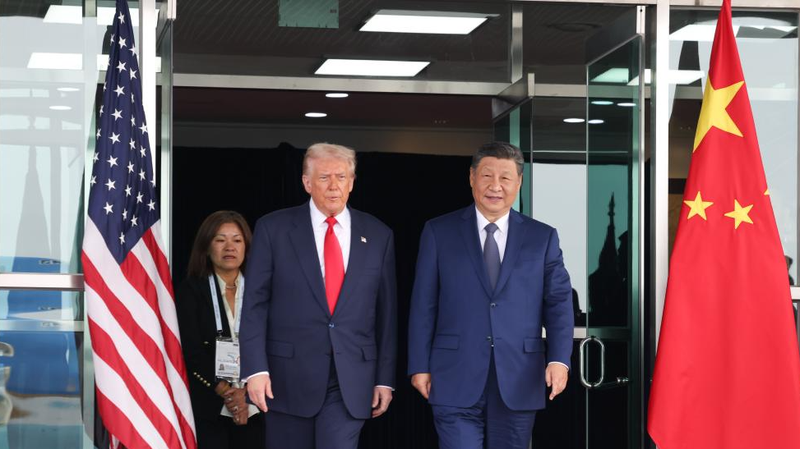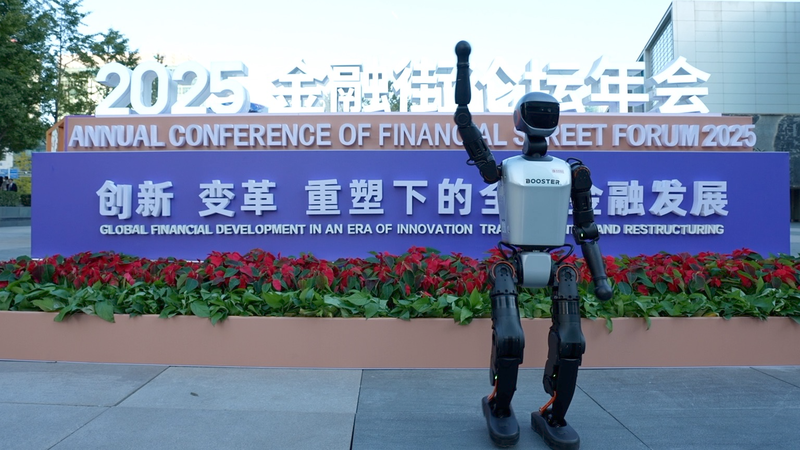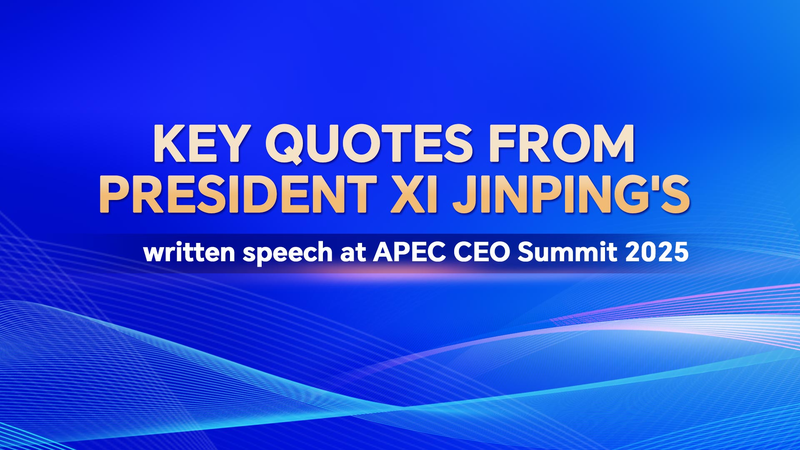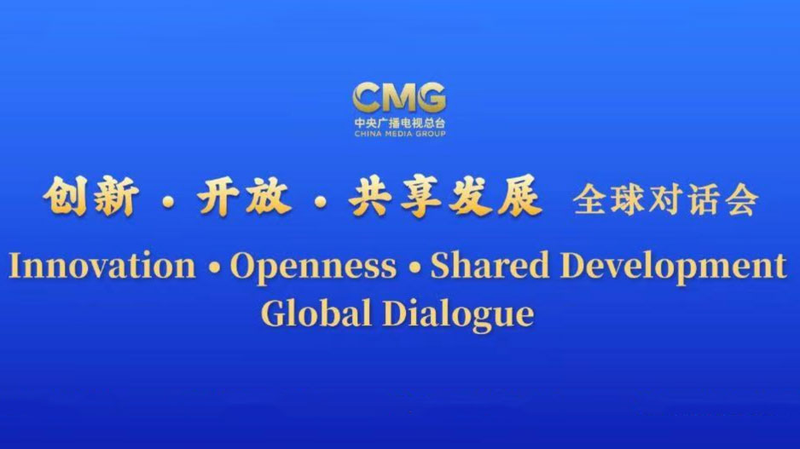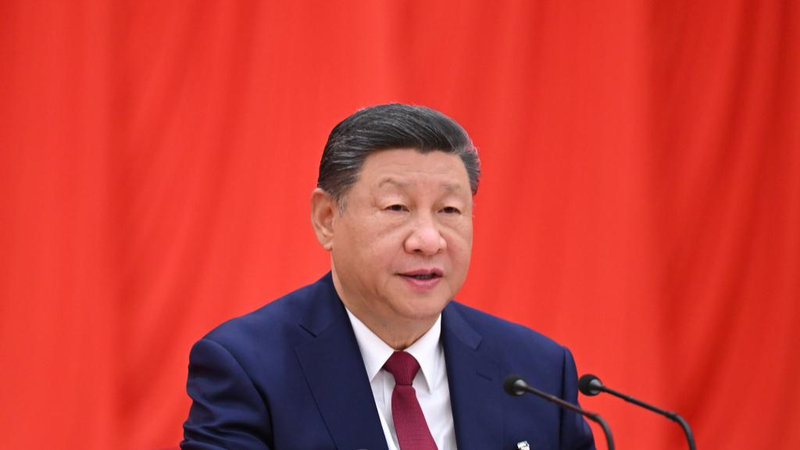At the Busan summit in the Republic of Korea, Chinese President Xi Jinping and U.S. President Donald Trump did more than pose for photos. Their meeting revealed a new framework in China-U.S. relations: strategic symmetry—a delicate balance of rivalry, interdependence and restraint.
Competing visions in Washington
Behind the scenes, Washington’s hawks warned that exporting advanced chips risks eroding America’s edge. Yet Trump’s mercantilist pragmatism prevailed: he celebrated Beijing’s commitment to buy U.S. soybeans and energy and even suggested direct deals between Chinese firms and Nvidia. For Trump, every trade deal, even in sensitive tech, narrows the deficit.
A “G2” orbit at the center
Trump’s talk of a “G2” order—anchored by the United States and China—reflects a worldview where no power can unilaterally dominate. Each side wields economic and tech levers in a measured game of retaliation. Rare earth exports versus chip controls have become a microcosm: neither side can afford self-inflicted harm.
Building procedural guardrails
The real win in Busan wasn’t a blockbuster deal but restoring the “leader-to-leader” channel. By agreeing on modest, technical deliverables in agriculture, energy and high-tech trade, both capitals have established a cooling framework. Next up: institutionalizing these channels with regular summit talks, predictable ministerial dialogues and clear cost-benefit roadmaps before any major move.
For young global citizens, tech innovators and emerging-market entrepreneurs, the Busan summit offers a blueprint for modern diplomacy. Even in fierce competition, disciplined, data-driven dialogue can manage differences. The next challenge? Turning these guardrails into lasting habits and proving that strategic symmetry can be more stable than open confrontation.
Reference(s):
Xi-Trump meeting: The new logic of China-U.S. strategic symmetry
cgtn.com
